Airbus vs Boeing: Titans of the Skies
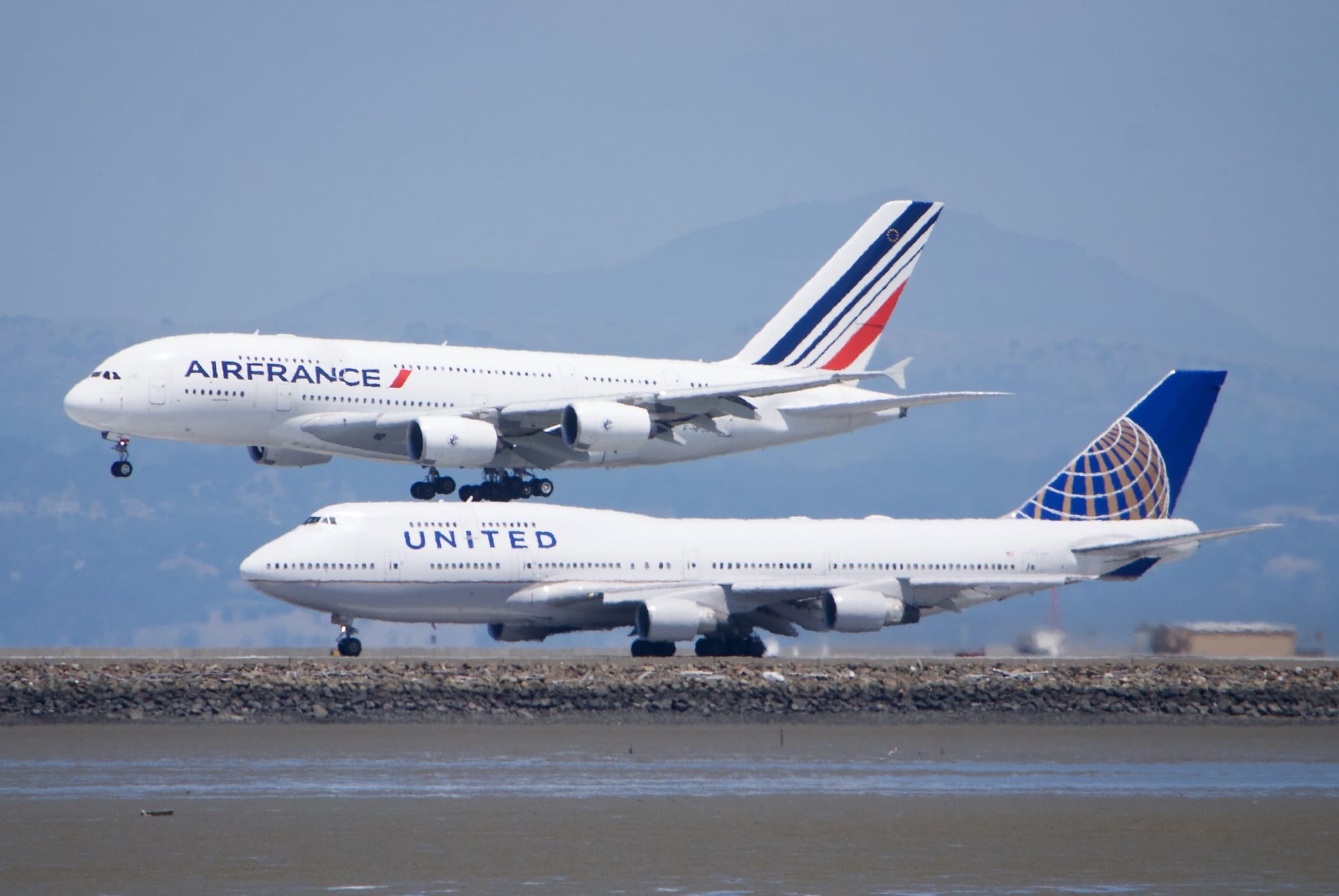
For decades, Boeing and Airbus have dominated the commercial aviation industry, locked in a fierce rivalry. Both manufacturers produce a wide range of aircraft, transporting billions of passengers annually across the globe. But beneath the similar purpose lies a fascinating contrast in design philosophies and aircraft offerings. This blog post dives into the world of these aviation giants, comparing their approaches, aircraft types, safety records, and most popular models.
Philosophical Divide: Automation vs. Pilot Control
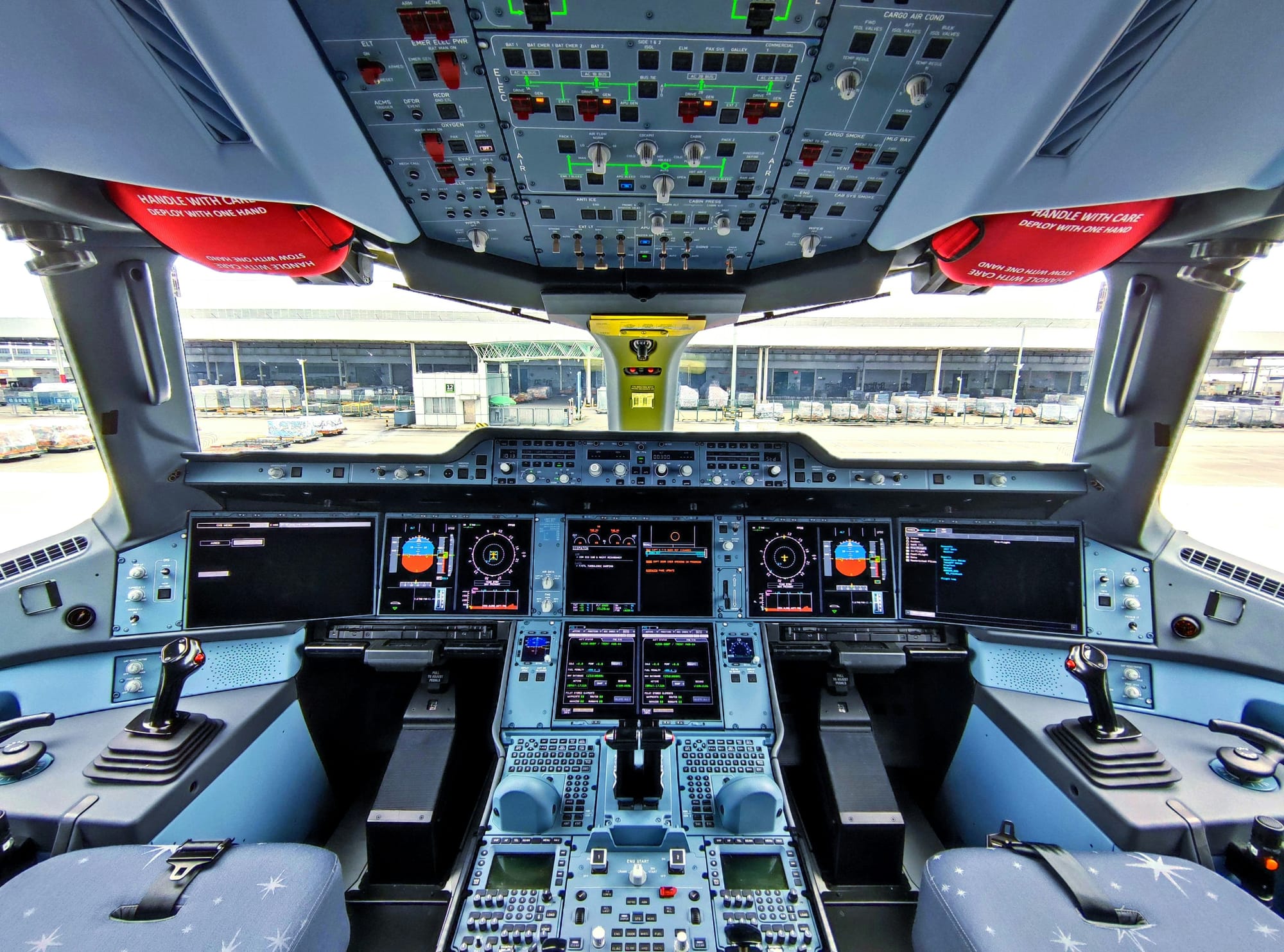
A fundamental difference lies in how each manufacturer views the pilot's role. Boeing adheres to a more traditional philosophy, prioritizing pilot control. Their aircraft utilize fly-by-wire technology, where pilot inputs are translated electronically to control surfaces. However, Boeing allows pilots to override automated systems and maintain complete control during critical situations.
Airbus, on the other hand, emphasizes automation. Their aircraft heavily rely on fly-by-wire systems with stricter flight envelope protections. These “hard limits” prevent pilots from exceeding certain parameters, reducing the risk of pilot-induced errors. This philosophy translates to a more streamlined cockpit layout with a greater emphasis on automation.
This difference sparks debate among pilots. Some prefer the “hands-on” feel of Boeing aircraft, while others appreciate the reduced workload offered by Airbus's automation. Ultimately, both philosophies have proven successful in achieving excellent safety records.
Taking Flight: A Look at Aircraft Offerings
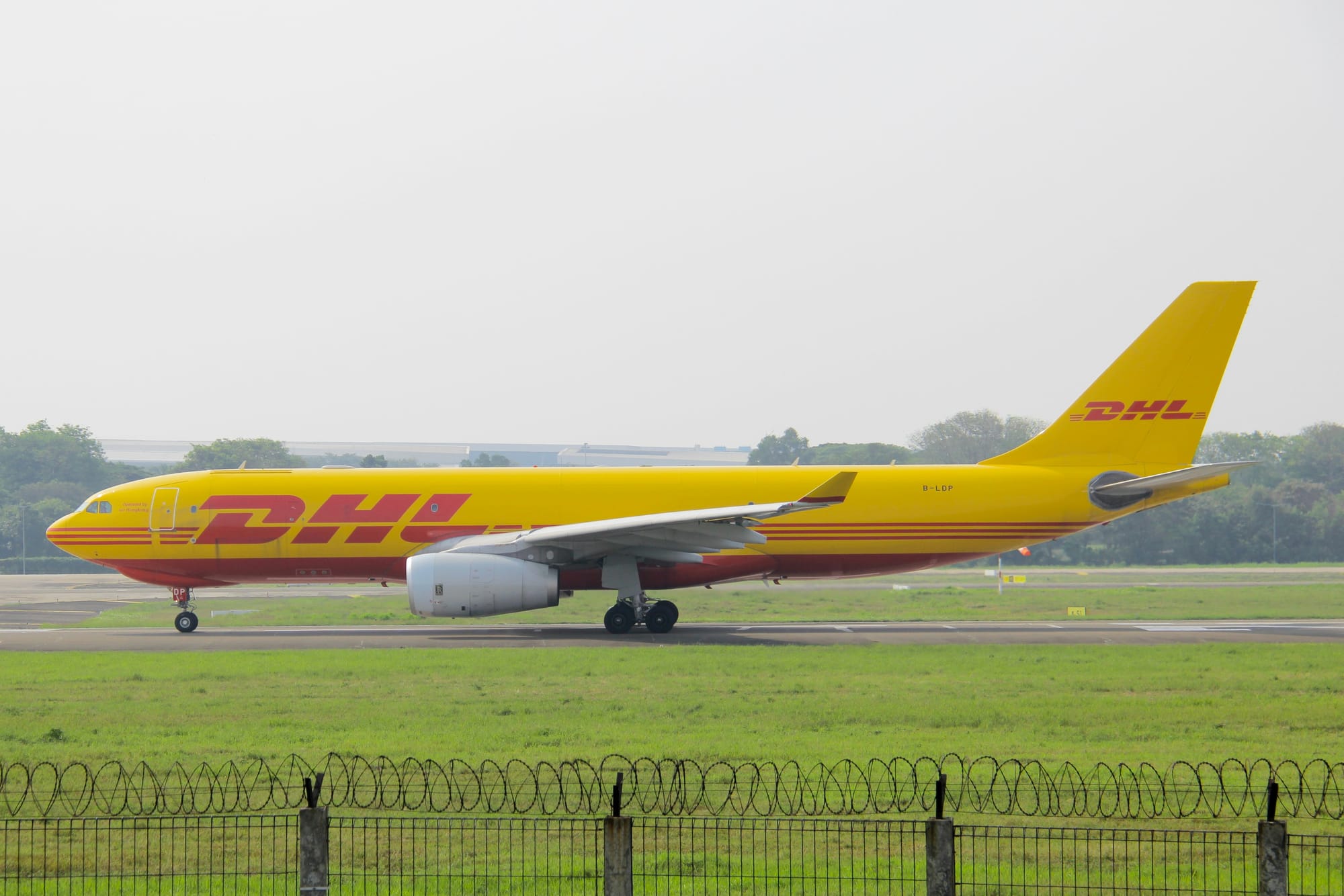
Both Boeing and Airbus cater to a variety of airline needs, offering a diverse range of aircraft. Here's a breakdown of their product lines:
- Narrowbody Aircraft: These single-aisle workhorses are the backbone of short and medium-haul flights. Boeing's offerings include the iconic 737 family, available in various configurations with capacities ranging from 130 to 230 passengers. Airbus counters with the A320 family, boasting similar capacity and fuel efficiency.
- Widebody Aircraft: Designed for long-haul travel, widebody aircraft offer increased passenger capacity and cargo space. Boeing's crown jewel is the 787 Dreamliner, a fuel-efficient composite aircraft with variants seating from 250 to 330 passengers. Airbus's A350 XWB family competes directly, offering similar capacities and operating ranges.
- Large Capacity Aircraft: At the pinnacle of commercial aviation sit the giants: the Boeing 747 and Airbus A380. These double-decker behemoths boast immense passenger capacities, exceeding 400 passengers in certain configurations. However, the trend towards smaller, more efficient aircraft has seen their popularity decline.
- Cargo Aircraft: Both manufacturers produce dedicated freighter versions of their passenger aircraft, catering to the ever-growing cargo market. Boeing's 777 Freighter and Airbus's A330-200F are prominent examples.
Beyond Passenger Aircraft: Boeing also holds a strong presence in the defense sector, producing military aircraft like the F/A-18 fighter jet and C-17 Globemaster III transport aircraft. Airbus, through its subsidiary Airbus Defence and Space, offers military transport aircraft and helicopters.
Safety in the Skies: A Look at the Record

Safety remains paramount in the aviation industry. Both Boeing and Airbus have commendable safety records, with rigorous design, manufacturing, and operational procedures in place. Independent bodies like the Aviation Safety Network track accident data, highlighting that both manufacturers boast impressive safety statistics.
However, accidents do occur, and both companies have faced challenges. The recent groundings of the Boeing 737 MAX following two fatal accidents are a stark reminder of the importance of continuous safety evaluation and improvement.
Soaring High: Most Popular Aircraft
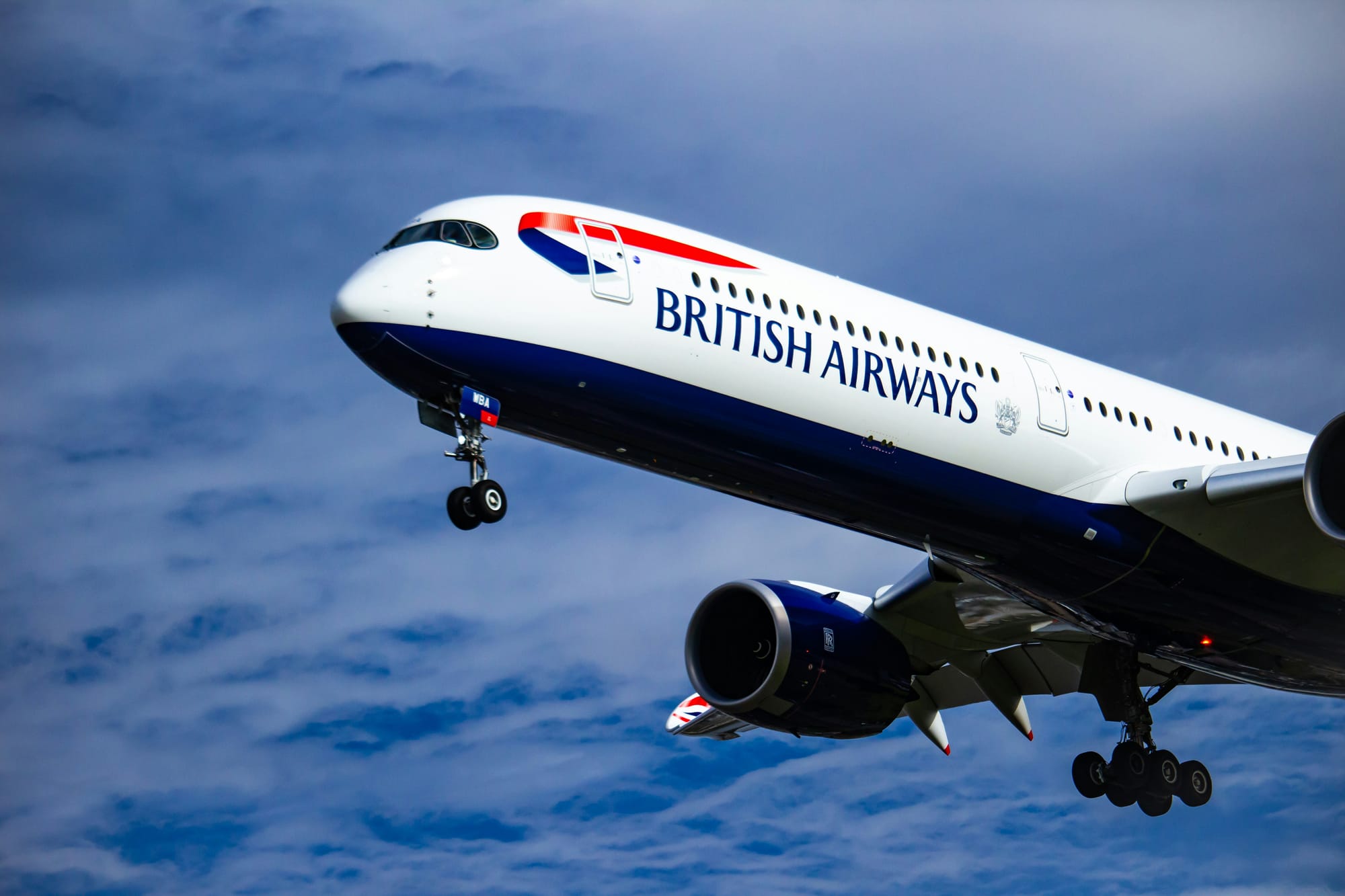
Millions of passengers have flown on Boeing and Airbus aircraft. Here's a closer look at some of their most popular models:
- Boeing 737: This ubiquitous narrowbody aircraft has been in continuous production since 1967, with over 15,000 delivered - the best-selling jet airliner in history.
- Airbus A320: Airbus's answer to the 737, the A320 family has also been a massive success, with over 9,000 delivered. Both aircraft dominate the short and medium-haul market.
- Boeing 777: A widebody workhorse, the 777 family offers outstanding fuel efficiency and range. Popular with airlines for long-haul routes, over 2,000 have been delivered.
- Airbus A350 XWB: Airbus's challenger to the 777, the A350 is known for its advanced composite construction and fuel efficiency. Over 900 have been ordered.
The Future of Flight
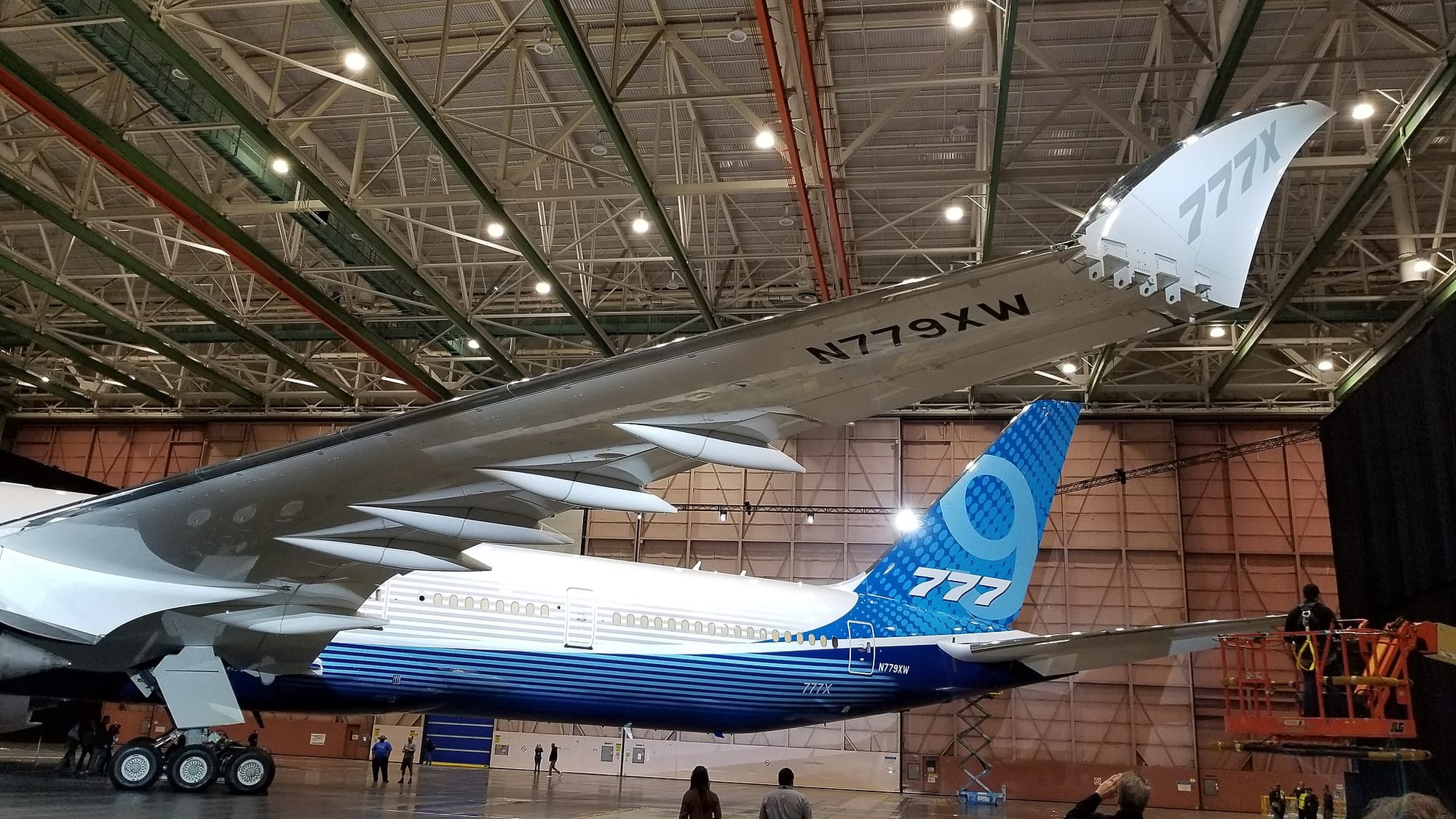
As the aviation industry strives for sustainability and efficiency, both Boeing and Airbus are looking towards the skies of tomorrow. Boeing is developing the 777X, an evolution of the popular 777 family with next-generation engines for even greater fuel efficiency. Airbus is countering with the A350F, a freighter variant of the A350 XWB designed to cater to the growing cargo market. Both manufacturers are also exploring alternative fuels and electric propulsion technologies for a greener future of flight.
Final Thoughts
Ultimately, the choice between Boeing and Airbus for airlines and passengers often comes down to specific needs, route requirements, and personal preferences. With distinct philosophies and a diverse range of aircraft, both manufacturers continue to push boundaries and shape the future of commercial aviation.





